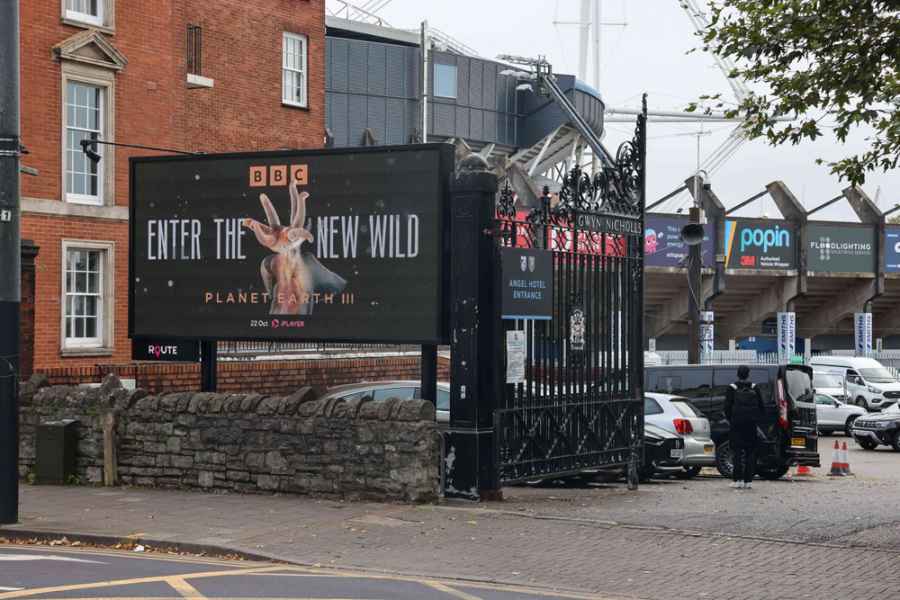Programmatic out-of-home (OOH) advertising is a rapidly growing trend in the advertising industry that combines the power of digital technology with traditional outdoor advertising.
It allows advertisers to deliver targeted and dynamic ads to consumers in real-time, making OOH advertising more efficient, effective, and measurable.
Traditionally, OOH advertising involved static billboards, posters, and signage placed in strategic locations to reach a wide audience. While this form of advertising still holds value, programmatic OOH takes it to the next level by leveraging data and automation to deliver personalized messages to specific audiences at the right time and place.
So, how does programmatic OOH advertising work? It starts with the collection and analysis of various data points, such as location, time, weather, and audience demographics. This data is then used to create audience profiles and identify the most relevant locations and times to display ads. Advertisers can also integrate other data sources, such as online behavior or purchase history, to further refine their targeting.
Once the audience and location parameters are set, programmatic OOH platforms use real-time bidding to determine which ads to display on available digital screens. This bidding process ensures that advertisers get the best value for their ad placements while maximizing the relevance and impact of their messages.
Error
One of the key advantages of programmatic OOH advertising is its ability to deliver dynamic and contextually relevant content. For example, if it's raining, an ad for umbrellas can be displayed in areas with high foot traffic. Similarly, if it's a hot summer day, an ad for ice cream can be shown near parks or beaches. This level of personalization enhances the overall consumer experience and increases the chances of engagement and conversion.
Furthermore, programmatic OOH advertising offers real-time campaign optimization. Advertisers can monitor the performance of their campaigns and make adjustments on the fly. If a particular location or time slot is not generating the desired results, they can quickly redirect their ad spend to more effective placements. This flexibility and agility make programmatic OOH advertising highly efficient and cost-effective.
Another significant advantage of programmatic OOH advertising is its ability to integrate with other digital channels. Advertisers can synchronize their OOH campaigns with their online and mobile advertising efforts, creating a seamless and consistent brand experience across multiple touchpoints. This integration allows for better attribution and measurement, enabling advertisers to track the impact of their OOH campaigns on online conversions or foot traffic to physical stores.
In conclusion, programmatic OOH advertising is revolutionizing the way outdoor advertising is planned, executed, and measured. By leveraging data, automation, and real-time bidding, advertisers can deliver personalized and contextually relevant ads to specific audiences at the right time and place. This level of targeting and optimization enhances the effectiveness of OOH advertising, making it a valuable tool in the modern advertising landscape.
For more information on Route Media, email This email address is being protected from spambots. You need JavaScript enabled to view it., or visit the website www.routemedia.co.uk. Use the hashtag #RightRoute on social media.
For more news and information from Dragon Group, visit www.dragon-group.co.uk
